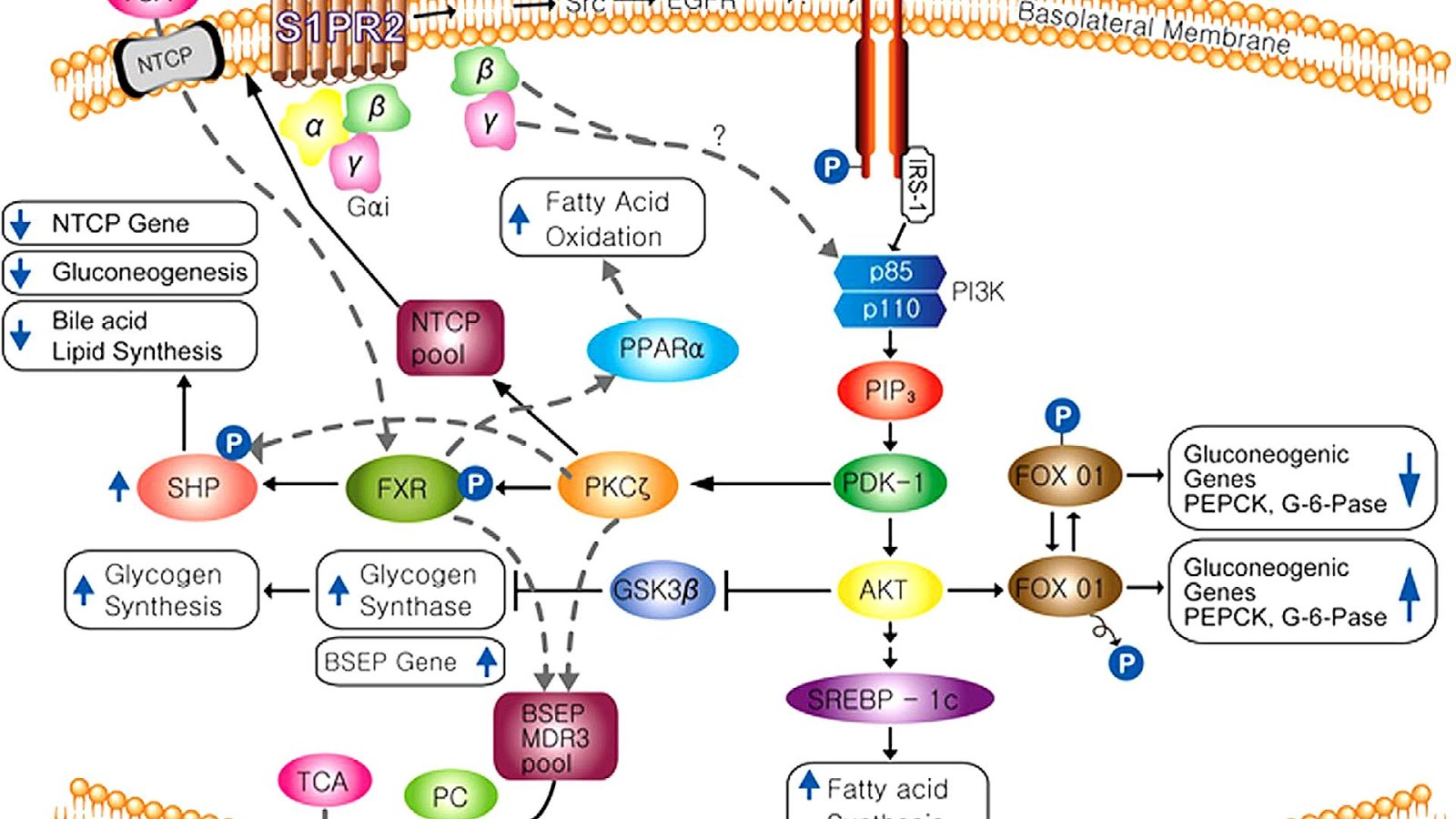

However, standard immune checkpoint inhibition has generally not proven successful in AML.

Our study thus contributes to the advancement of targeted immunotherapy and could be replicated in other malignancies.īecause the success of HSCT in AML patients depends on donor immune cells attacking and killing the host leukemia cells (a phenomenon termed “graft-versus-leukemia”), immunological therapy may represent a powerful mode to treat AML. Using a human AML cell line (HL-60), we modeled a postremission marrow with minimal residual disease and showed that the transplantation of CD33-ablated HSPCs with CD33-targeted immunotherapy leads to leukemia clearance, without myelosuppression, as demonstrated by the engraftment and recovery of multilineage descendants of CD33-ablated HSPCs. Whole-genome sequencing and RNA sequencing analysis revealed no detectable off-target mutagenesis and no loss of functional p53 pathways. We show highly efficient genetic ablation of CD33 antigen using CRISPR/Cas9 technology in human stem/progenitor cells (HSPC) and provide evidence that the deletion of CD33 in HSPC doesn’t impair their ability to engraft and to repopulate a functional multilineage hematopoietic system in vivo. Our approach combines CD33-targeted CAR-T cells, or the ADC Gemtuzumab Ozogamicin with the transplantation of hematopoietic stem cells that have been engineered to ablate CD33 expression using genomic engineering methods. Here, we present an approach to treat AML by targeting the lineage-specific myeloid antigen CD33. Melatonin signaling transduction pathway may be normal in BMSCs from AIS patients.Antigen-directed immunotherapies for acute myeloid leukemia (AML), such as chimeric antigen receptor T cells (CAR-Ts) or antibody-drug conjugates (ADCs), are associated with severe toxicities due to the lack of unique targetable antigens that can distinguish leukemic cells from normal myeloid cells or myeloid progenitors. The basal cAMP levels of the two groups were very low, after the stimulation of forskolin, cellular cAMP levels increased rapidly in all the patients, but after the stimulation of melatonin at physiological dose or even at pharmacological dose, there was no statistical difference of the inhibition of cAMP between AIS group and control (P > 0.05). Mononuclear cells were cultivated and subcultivated to P3 culture in vitro, which were analyzed by the flow cytometry, and demonstrated that the expanded mononuclear cells expressed mesenchymal cell markers. The cellular cAMP was elevated using forskolin, and then the BMSCs were treated with melatonin to inhibit the cellular cAMP levels. P3 BMSCs were used to detect the melatonin signaling transduction pathway.

P3 cultures were analyzed by the flow cytometry to determine the surface antigens.
Signaling transduction flaticon serial#
The human bone marrow anticoagulated by heparin was obtained from anterior superior iliac spine, and the BMSCs were isolated by density gradient centrifuge from the mononuclear cells, and then were cultivated and serial subcultivated in vitro. Twenty-four volunteers aged 12 - 18 years were divided into two groups: AIS group was 15 and control group was 9. To investigate the melatonin signaling transduction pathway in BMSCs from adolescent idiopathic scoliosis patients.


 0 kommentar(er)
0 kommentar(er)
